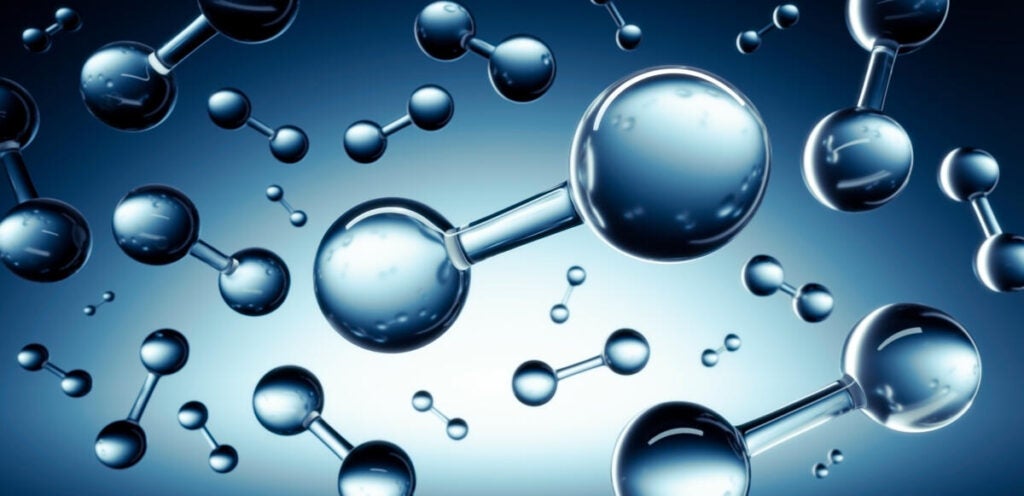Among the announcements expected at the COP28 climate talks in Dubai is a new industry standard for assessing the climate impacts of hydrogen, to be unveiled by the International Standards Organization. These standards could very quickly become the starting point for a cascade of other rules and regulations at national and state levels which set the path for how hydrogen is produced. If done well, we will have a playbook for how hydrogen deployment will help us achieve climate neutrality by 2050. But done poorly, we risk wasting money and increasingly precious time to reduce greenhouse gas emissions.
That means new ISO standards must be firmly grounded in the current climate science and state of the art emissions monitoring. At minimum, this includes three foundational components:
COP28 Hydrogen Standards: Why They Matter and What to Look For Click To Tweet
1. All relevant climate-warming emissions
Accounting for carbon dioxide emissions is an important element, but insufficient on its own. We cannot overlook or underestimate the warming effect of other, more potent gases emitted across the hydrogen value chain. These include upstream methane emission when hydrogen is produced from natural gas, sometimes referred to as blue hydrogen. With more than 80 times the warming power of carbon dioxide in the first 20 years after its release, the ability to limit methane emissions will have an outsized influence over whether hydrogen is beneficial for the climate.
We must also include the warming effects of hydrogen itself. A small, leak-prone molecule, hydrogen can easily escape into the atmosphere accidentally, and it is often intentionally vented or purged. Hydrogen has more than 30 times the warming power of CO2 in the first 20 years, which means that monitoring and preventing emissions are an essential step for maximizing climate benefits. climate benefits.
And because both methane and hydrogen are short-lived climate pollutants, standards must account for both longer-term warming (generally calculated on a 100-year timeframe, referred to as Global Warming Potential, or GWP100) and shorter-term warming (generally a 20-year timeframe, or GWP20). If we only use GWP100 — a common practice for combining emissions of multiple climate pollutants — we will fail to account for the near-term potency, and its consequences.
2. Real data, rather than outdated assumptions
Conventional emission estimates tend to be outdated, based on guesswork, and skew artificially low. If new standards rely on old methods, our efforts to reduce climate pollution could easily go off track.
Case in point: The official estimate for average methane losses from U.S. oil and gas operations is 1% of total production. But there is a mountain of recent data showing that the actual figure is at least double that. And if gas used to make hydrogen is sourced from high-emission areas like the Permian Basin in Texas and New Mexico, the leak rate can be more than three times higher.
Fortunately, good methane monitoring technology is readily available, so there is no excuse for not using actual methane data. Commercial sensors for hydrogen are not yet at the speed and sensitivity needed, but work is underway to get them ready before major new hydrogen projects come online, an effort encouraged by the International Energy Agency. Operators should begin planning for them now.
Best practice should also extend to how carbon dioxide is tracked and accounted for by fossil-fuel based hydrogen facilities. Monitoring, reporting, and independent verification are essential for ensuring carbon dioxide is truly captured and permanently stored underground such that leakage will be no more than 1% over 1,000 years, a target the IPCC says is achievable.
Updated accounting practices are also needed to ensure hydrogen producers can’t greenwash their pollution by purchasing carbon-negative offsets.
3. Safeguards against undermining other decarbonization efforts
Producing hydrogen is highly energy intensive. So much so that it could easily consume clean electricity that would otherwise be used to power homes, businesses, and cars directly, more efficiently and at lower cost. This unhealthy competition could result in pulling more fossil fuels into our power grid to fill the new demand, reducing — or even reversing — the overall intended climate benefit.
A good standard would provide a rigorous accounting framework to ensure that hydrogen production is bringing in additional green power, and therefore not driving an increase in fossil fuels. This is a principle that the EU has already adopted.
Having a solid methodology for calculating a project’s impact on the climate is fundamental and ISO standards should address this. Yet even more important is the need for governments to set a high bar for exactly how climate-friendly hydrogen projects must be. To meet ambitious national and international climate targets, we need hydrogen to result in a significant improvement over today’s fossil fuels, that is, produced with near-zero emissions. What we don’t want is multibillion dollar investments in hydrogen projects that are compliant with a new international standard, but end up failing to meaningfully tackle climate change.
And as the uses for hydrogen in the future expand well beyond today’s, we will need new, application-specific standards. For example, if hydrogen is going to be burned at a power plant, industrial facility or even in a residential heater — we will need new air pollution standards. If we are going to store hydrogen underground, or transport it long distances by ship, we will need new standards to minimize leakage risks. Both of which don’t exist today.
Ultimately, any standards released at COP28 need to be the beginning, not the end, of a global effort. EDF and others in the environmental and academic communities stand ready to help ISO create the strong standards that will be essential for ensuring hydrogen’s success.


